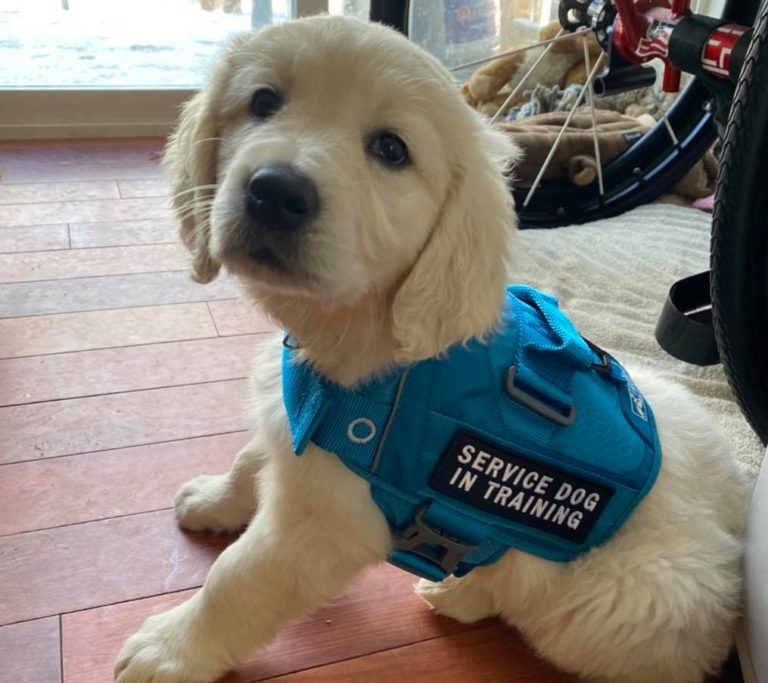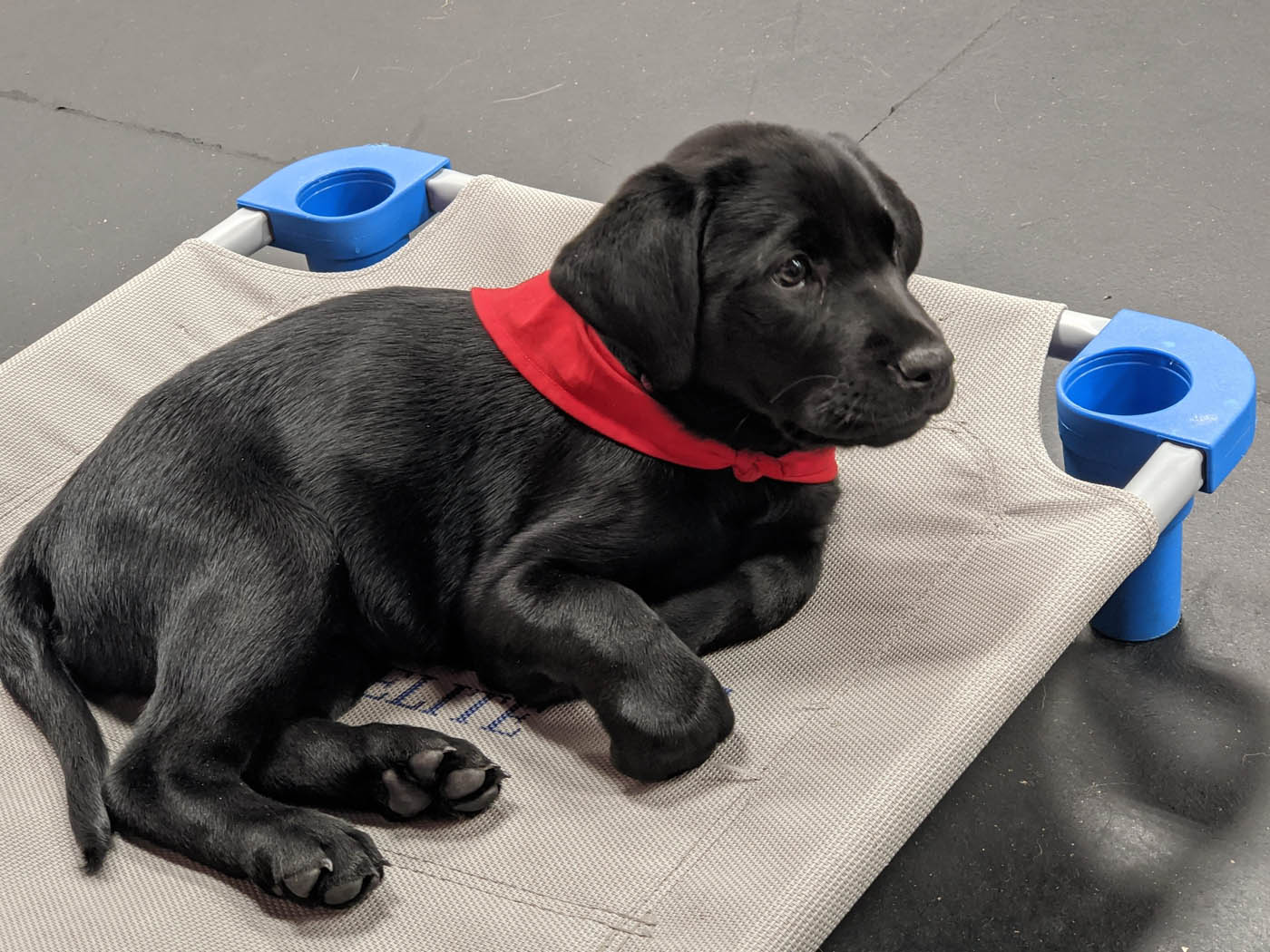Specialist Insights on Dog Training Charlotte NC: Transform Your Dog Today
Specialist Insights on Dog Training Charlotte NC: Transform Your Dog Today
Blog Article
The Ultimate Guide to Pet Training: Structure a Pleased, Obedient Family Pet
Reliable pet training is a complex procedure that pivots on a deep understanding of canine behavior and the application of proven techniques. By embracing positive reinforcement and consistent command usage, family pet owners can cultivate not just obedience yet also a strong, relying on partnership with their dogs.

Comprehending Canine Habits
Just how does a pet dog's habits show its emotional and psychological state? A pet's activities can function as a home window right into its feelings, needs, and overall psychological wellness. As an example, a wagging tail usually represents happiness and enjoyment, while a lowered tail might suggest worry or entry. Vocalizations such as grumbling or barking can connect a range of feelings, from joy to distress.
Body language also plays a crucial function in understanding canine actions. An unwinded pose and open mouth signal convenience, whereas tense muscles and pinned ears may suggest stress and anxiety or aggressiveness. Observing these signals is important for recognizing the origin of a dog's behavior, whether it stems from fear, disappointment, or enjoyment.
Furthermore, a canine's interaction with its environment and other animals can provide insight into its mood. A pet that involves playfully with various other pets is likely feeling social and safe and secure, while one that shows avoidance or aggression might be experiencing stress and anxiety or insecurity. Recognizing these behavior cues is vital for cultivating a strong relationship in between the owner and the pet dog, ultimately adding to the canine's psychological health and wellness and well-being.
Essential Educating Techniques
Effective pet training methods are essential for cultivating desirable actions and enhancing the bond in between a canine and its proprietor. Using positive support is just one of the most efficient methods, where incentives such as deals with, appreciation, or playtime are provided to enhance wanted actions (dog training charlotte). This motivates the pet to repeat those habits, developing a favorable learning atmosphere
Uniformity is another vital element in dog training. Commands ought to be uniform and clear, and all relative should use the very same guidelines to prevent perplexing the dog. Timing is similarly vital; incentives must be given promptly after the desired behavior to establish a clear link between the incentive and the action.
In addition, engaging and short training sessions work, as pets have varying interest spans. Go for sessions of 5 to 15 mins, depending upon the pet's age and power degree. Including play into training can also enhance motivation and pleasure for both the proprietor and the pet dog.
Finally, persistence is critical. Pets learn at their very own rate, and keeping a tranquil demeanor will aid alleviate disappointment, making sure a positive training experience. These vital methods lay the groundwork for effective pet training and an unified partnership.
Fundamental Commands to Show

When instructing these commands,Consistency and positive reinforcement are crucial. Usage treats, appreciation, and playtime to reward your canine's successes. Short, regular training sessions are extra efficient than long, irregular ones. By instilling these fundamental commands, proprietors outfit their dogs with the skills needed for a well-behaved and unified relationship.
Addressing Common Behavioral Issues
Understanding and dealing with common behavior problems in canines is important for fostering a harmonious relationship in between pet dogs and their proprietors. Lots of pet dogs exhibit habits such as too much barking, chewing, or aggression, which can stem from anxiety, monotony, or lack of proper training. Determining the origin of these actions is the first action towards effective treatment.
As an example, excessive barking might indicate a demand for interest or a response to ecological stimuli. In such instances, owners need to evaluate the canine's environment and offer sufficient psychological stimulation, such as interactive playthings or routine workout. Eating can commonly be managed by rerouting the behavior to proper chew items and making certain that the canine has enough exercise to lower monotony.
Hostile habits requires cautious handling and might necessitate expert training assistance. It's important to understand that punishment can aggravate anxiety and hostility, leading to a cycle of behavior issues. Instead, concentrate on favorable reinforcement strategies to reward preferable habits and enhance a feeling of safety and security.
Structure a Positive Training Setting
Developing a favorable training environment is essential for reinforcing desirable habits in pets and mitigating behavioral problems. This setting must be identified by uniformity, encouragement, and a clear understanding of the training objectives. By developing a routine, canines discover what is anticipated of them, which helps in reducing anxiety and confusion.
Using favorable support methods, such as deals with, praise, and play, promotes a complacency and inspiration in the canine. Rewarding etiquette right away and continually reinforces the desired activities, making the training procedure extra reliable - Dog training. Additionally, trainers need to continue to be person and calmness, as pet dogs are sensitive to Discover More Here their trainers' emotions
The training space should be without distractions to make sure the dog can focus on the tasks at hand. Consider making use of a peaceful area or a secure outside location. Integrating playtime and socializing into training sessions advertises a well-shaped approach, enhancing the pet dog's knowing experience.
Ultimately, a favorable training environment supports a strong bond in between the dog and trainer, resulting in a loyal, pleased family pet. By prioritizing this atmosphere, family pet owners can successfully address behavior obstacles and grow an effective training journey.
Conclusion
Efficient dog training counts on a thorough understanding of canine actions and the application of positive reinforcement strategies. By mastering vital commands and attending to behavior issues with persistence and clear interaction, owners can promote a solid bond with their animals. Developing a supportive training atmosphere improves security and count on, eventually bring about the development of a well-behaved and happy buddy. Adopting these principles makes sure a rewarding training experience for both canines and their owners.
Reliable dog training is a multifaceted process that hinges on a deep understanding of canine behavior and the application of proven strategies. A pet dog that engages playfully with other dogs is likely feeling social and safe, while one that exhibits avoidance or aggression might be experiencing stress and anxiety or instability.Reliable pet training strategies are crucial for cultivating preferable habits and enhancing the bond between a canine and its owner.Developing a favorable training atmosphere is fundamental for enhancing preferable habits go to my site in canines and reducing behavioral problems.Reliable canine training relies on a comprehensive understanding of canine actions and the application of favorable reinforcement strategies.
Report this page